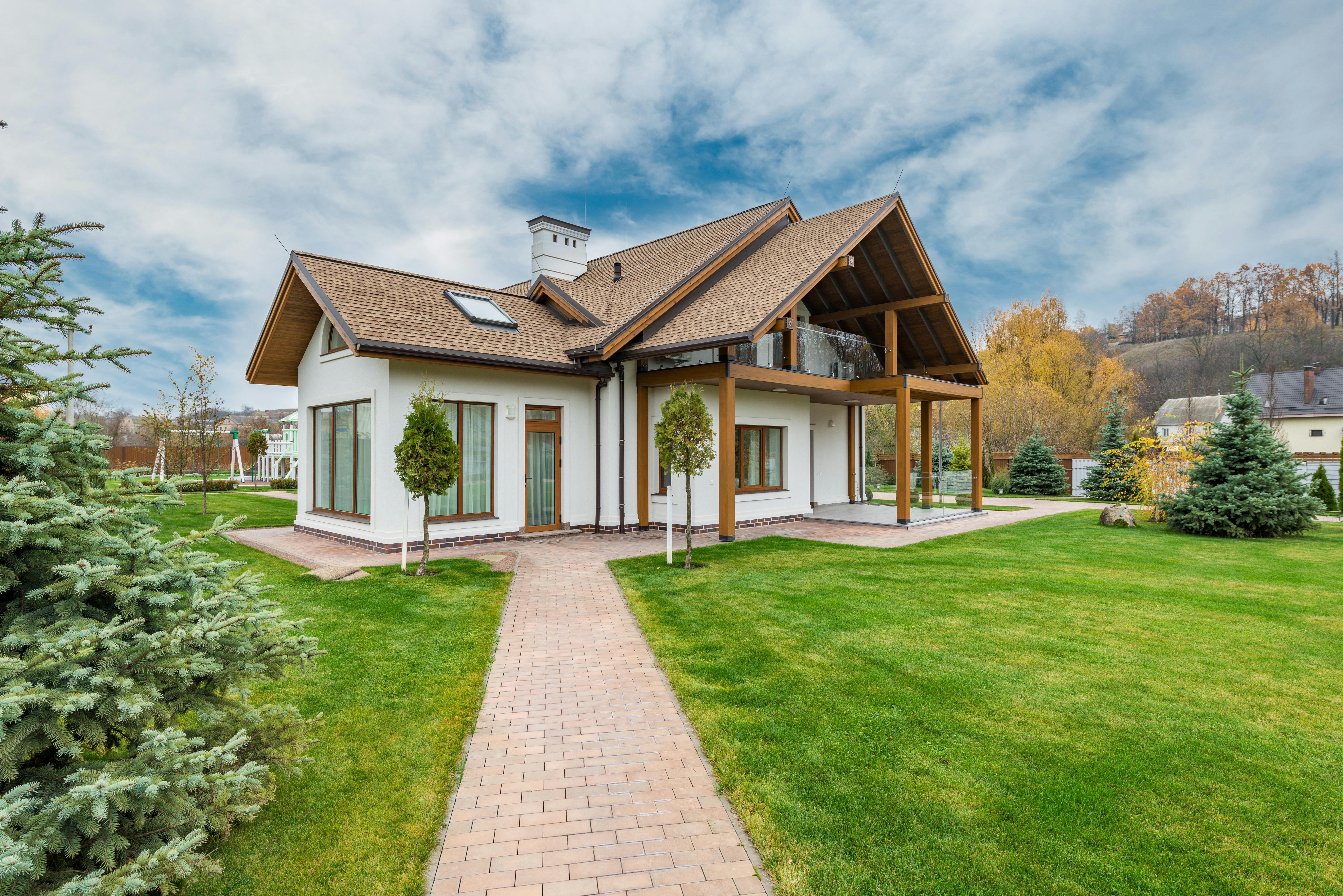Building a raised garden is a great way to grow plants in an area with poor soil, or to keep pests away from your plants. It is also an ideal solution for those who are unable to bend down and work in the ground. Raised gardens are easy to build and maintain, and can provide a beautiful outdoor addition to any home. The following steps will guide you through the process of building your own raised garden.Building a raised garden offers several benefits. First, it is easier to tend than a traditional in-ground garden. Raised beds are generally easier to work with, as they are elevated above the ground and allow for better drainage and aeration of the soil. They also require less weeding, as the soil is not exposed to as much weed growth. Additionally, raised gardens can be tailored to your specific needs and preferences, such as the type of vegetable or flowers you wish to grow, size and shape of the bed, and height of the sides. Finally, raised gardens provide better accessibility for those with limited mobility
Soil and Compost
Raised beds need soil that is rich in organic material. The best way to achieve this is to use a combination of soil and compost. Quality topsoil should be the foundation of your raised bed, as it will provide the necessary nutrients for your plants. Compost can be used as an amendment to your soil, adding additional nutrients for strong root growth and healthy plants. When choosing compost, look for one that has been aged or composted for at least six months, so it has had time to break down into usable material.
<
Preparing the Area for Building a Raised Garden
When you’re ready to build a raised garden bed, the first step is to prepare the area by removing any existing vegetation and weeds. This can be done with a shovel or garden fork. Make sure to dig down at least six inches so you can remove all of the roots. Once the area is cleared, you’ll want to add some organic matter like compost or aged manure. This will help to improve drainage and nutrient levels in the soil.
The next step is to level out the area
Step 1: Choose a Location
Choosing the right location for your raised garden bed is essential for successful gardening. You should select a spot in your yard that gets at least six hours of full sun each day and that is protected from strong winds. Consider how you will access the bed for watering and maintenance, and make sure you have enough space to comfortably move around it. You can also use a raised garden bed to create a decorative feature in your landscape, so make sure to select an attractive spot.
Step 2: Dec
https://images.pexels.com/photos/14937400/pexels-photo-14937400.jpeg
Layering Soil for the Raised Garden
Creating a raised garden is a great way to get into gardening and growing your own vegetables, fruits, and herbs. But before you can begin planting, you need to layer your soil to ensure optimal growth. Layering soil is important because it provides the ideal balance of nutrients, drainage, and aeration for plants. Here’s how to create the perfect soil layers for your raised garden bed.
The first step in layering soil is to start with the bottom layer. This layer should have

Choosing the Right Plants for Your Raised Garden
Raised garden beds are a great way to add a bit of beauty and functionality to your outdoor space. But when it comes to choosing the right plants for your raised garden, it can be tricky. You want plants that will thrive in your climate, as well as ones that will look good and require minimal maintenance. Here are a few tips to help you choose the right plants for your raised garden:
First and foremost, consider the climate where you live. If you live
Adding Fertilizer to Your Raised Garden
Adding fertilizer to your raised garden is an important part of having a successful growing season. Fertilizers provide essential nutrients to help plants grow and thrive in your garden. But before you add fertilizer, you need to understand what type of fertilizer is best for your plants and how much fertilizer is needed.
Choosing the right fertilizer for your raised garden can be tricky. Different types of plants require different types of fertilizers, so it’s important to do some research before adding any type of fertilizer.
Watering Your Raised Garden
Proper watering is essential to the success of any garden, and raised beds are no exception. A good rule of thumb is to water your plants deeply and infrequently. Depending on the size and type of soil in your raised bed, you may need to water once or twice a week. Make sure to check the soil moisture level before watering as overwatering can lead to root rot. If you’re unsure how much water your plants need, consider investing in a soil moisture meter. This will help you determine when it’

Conclusion
Building a raised garden is a great way to put unused space to use and grow healthy vegetables, herbs, fruits, and flowers. It can be done with minimal tools and materials on a budget. By following the steps outlined in this article— planning the design of your garden, gathering supplies, building the frame, filling it with soil, and planting your seeds—you will have a beautiful raised garden in no time.
Raised gardens are an excellent way to take advantage of space that you may have previously thought unusable. Not only will it add beauty
